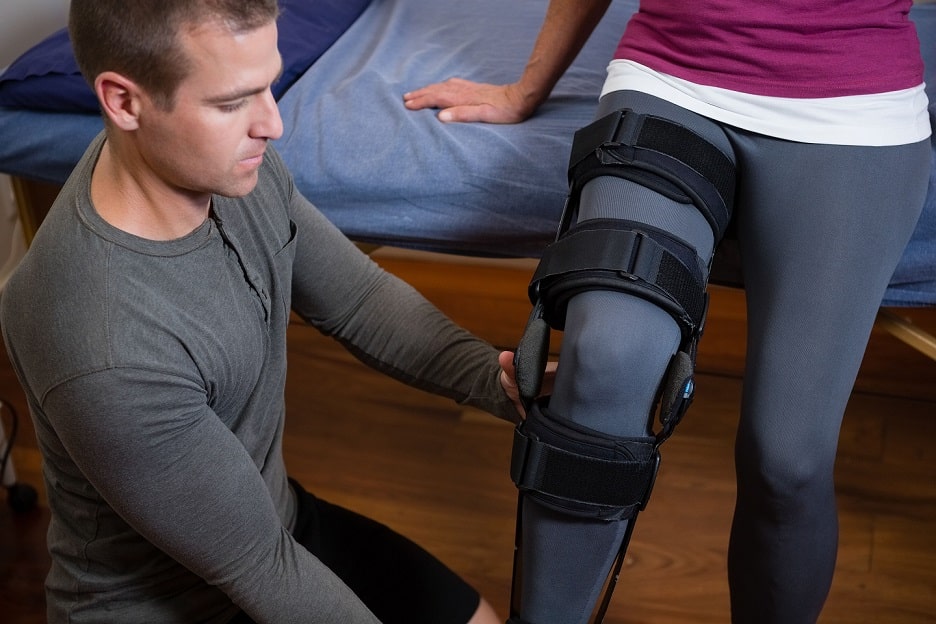The Personal Protective Equipment at Work Regulations puts a duty on an employer to provide protective equipment to employees, often called ‘PPE’ for short, where there is a risk that cannot be avoided any other way.
Footwear such as steel toe capped boots, well gripped shoes, or heatproof footwear are some examples of PPE of which an employer has a duty to provide it to their employees. So what if they fail to adhere to these important regulations?
The regulations are fairly clear when it comes to the nature and the extent of the duty that your employer has with regards to PPE. The most prominent part of the regulations states as follows:
(1) Every employer shall ensure that suitable personal protective equipment is provided to his employees who may be exposed to a risk to their health or safety while at work except where and to the extent that such risk has been adequately controlled by other means which are equally or more effective.
The duty is clear – they must provide PPE where it is needed. But it isn’t just about providing it that’s important. The regulations go on to say that PPE shall not be suitable unless:
(a) it is appropriate for the risk or risks involved and the conditions at the place where exposure to the risk may occur;
(b) it takes account of ergonomic requirements and the state of health of the person or persons who may wear it;
(c) it is capable of fitting the wearer correctly, if necessary, after adjustments within the range for which it is designed;
(d) so far as is practicable, it is effective to prevent or adequately control the risk or risks involved without increasing overall risk;
The above basically means that the PPE must be suitable for the individual needs for the employer. Size is one simple example – it’s no good providing boots to protect you if they’re too small to wear!
The regulations also stipulate that:
- Where more than one PPE item is worn, they must not adversely affect the use of any other
- Risk assessments must be used to ensure that PPE is suitable for the job at hand
- PPE is maintained and replaced where applicable
- Training must be provided to allow employees to understand how best to use the PPE and how it can protect them
So if your employer simply fails to provide you with safety boots which could have prevented an accident, such as preventing a slip, or preventing injury from a heavy item falling on the foot, then there may be a claim to answer to. Your employer can be found in breach of the regulations in failing to provide boots for you to use at work, where they are required.
Size and suitability, as well as availability, matter too – as outlined above. Essentially there must be readily accessible boots that are effective for the job to protect you from injury. If this is not the case, and you are injured as a result, then there may be a claim to answer for.
Oh, and one final thing – the duty to pay for and provide the boots is solely on your employer.











